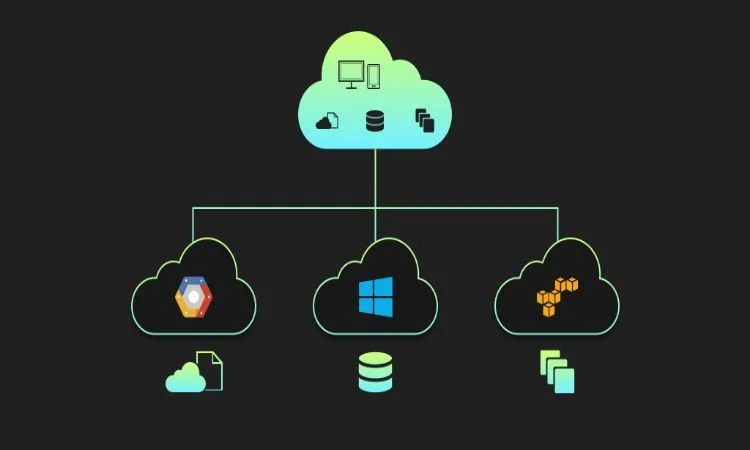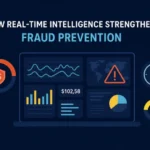How data tracking subscriptions support equipment monitoring and operational insights

Trusted as a Service (TaaS) provides a subscription-based solution for organizations seeking data tracking across global operations without the challenges or costs of owning complex hardware. This model delivers access to Internet of Things (IoT) analytics, enabling visibility into the location and condition of both equipment and cargo in real time, no matter where these assets are located.
The subscription model streamlines operational management by delivering relevant data that aligns with specific business requirements. By reducing the layers of complexity often associated with deploying IoT applications, this service remains responsive to a broad spectrum of operational scenarios. Whether the primary focus is sensitive freight in international shipping or the maintenance of valuable industrial machinery, companies receive comprehensive visibility and analytics through an accessible approach.
Overview of Trusted as a Service
Trusted as a Service is based on a subscription plan that incorporates equipment monitoring, analytics access, and predictable costs. Organizations benefit from simplified IoT data tracking that supports reliable oversight and transparent billing across many industries.
Subscription based all inclusive approach
The core subscription model provides complete data tracking through a regular payment, encompassing hardware, installation, and ongoing technical support. This relieves organizations from planning for unexpected equipment expenditures or additional support fees.
Coverage extends globally, supporting asset tracking across different geographies while mitigating the risk that often accompanies investment in emerging technologies. New IoT capabilities can be implemented quickly and without substantial upfront costs, making it easier for organizations to align technology use with immediate business needs.
By consolidating essential elements into one predictable subscription, it becomes simpler to manage budgets regardless of project scale.
Transparent and tailored analytics
Customized analytics are available through purpose-built dashboards, displaying critical information based on operational priorities. Real-time data on equipment location, conditions, and status empowers users to detect patterns and spot early-stage risks.
Visualization tools make core insights easy to access and understand. Users can tailor reports for different teams or departments, ensuring everyone receives the most relevant information for their role. Clear graphics and summaries provide data clarity, supporting ongoing evaluation and strategic adjustments.
Low cost solutions
Cost management plays a central role in this subscription structure. There are no upfront purchases of devices, with all ongoing upgrades and replacements included. Predictable pricing means that companies can increase or decrease their level of monitoring as operations shift, always knowing what expenses to expect.
This approach helps organizations monitor critical assets continuously without increasing capital expenditures, all while delivering valuable operational insight.
Transforming IoT data tracking
The subscription model enables widespread adoption of high-precision equipment and cargo monitoring, providing consistent data without requiring dedicated hardware investments. Increased access to operational data improves processes across work environments.
Real time equipment monitoring
With IoT sensors, the current state and activity of industrial equipment can be observed as it happens. Information such as temperature variations, vibration levels, and usage hours is delivered to secure dashboards for analysis.
Automatic notifications flag potential problems, such as overheating, abnormal movement, or service needs. Early identification supports timely interventions and helps prevent disruptions, enabling equipment uptime and maintenance optimization.
Global cargo condition tracking
From origin to destination, the condition of cargo is continuously monitored. IoT-enabled trackers record and transmit environmental measurements including humidity, shock, and temperature.
If defined parameters are breached, instant alerts notify relevant personnel so that action can be taken to protect item integrity. Monitoring sensitive or perishable goods is particularly straightforward, reducing spoilage and facilitating compliance across complex supply chains.
Applications across industries
IoT-based data tracking is applicable in sectors ranging from agriculture to logistics. Farmers can keep an eye on soil moisture or machinery use, while manufacturers visualize production status in real time. Transport firms monitor both the condition and location of goods, improving operational oversight and accountability.
Such flexibility allows organizations to maintain compliance, ensure transparency, and match monitoring solutions with their particular requirements.
Operational efficiency and optimization
A subscription solution gives businesses access to analytics and global data in a consolidated manner. Automated routines built around accurate sensor data support asset use and maintenance, while operational expenses become easier to manage.
Streamlined operations
Routine monitoring frees up personnel from manual checks, as sensors continuously gather and relay information to a dedicated dashboard. The result is consistent asset tracking and faster response to developing issues.
These automated systems help drive efficiency in inventory management, shipment planning, and process optimization. Decision making benefits from having the right data available at all times.
Actionable data insights
Regular updates and summaries provide clear indications of operational bottlenecks, inefficiencies, or unexpected trends. Central analytics tools assist with benchmarking, historical comparisons, and assessing the effectiveness of new practices.
Both granular data and summary information are accessible, facilitating adjustments that support business goals and process improvements.
Reducing operational costs
Using a subscription model can lead to lower operational spending, while still supporting broad data tracking and advanced analytics.
Eliminating hardware expenses
Expense planning is straightforward, as all required equipment is included within the subscription. There is no need for large purchases or specialized procurement; technology costs shift towards manageable operating expenses.
As needs evolve, hardware can be swapped or upgraded with minimal interruption, enabling continuous improvement and responsive asset management. This approach ensures monitoring capacity scales with the organization’s requirements.

Why Smart Startups Choose Custom AI Business Solutions Today

How to Optimize Business Operations with Vending Machines in Australia

How a portable office for sale can streamline on-site operations and boost productivity

Onsite Tire Change in Ottawa : Safe Fast & Professional Tire Services

Accelerating drug discovery through the DEL-ML-CS approach

Top Reasons Law Firms Are Replacing Call Centers With TeleWizard

5 Common Multi-Cloud Networking Mistakes & Fixes

Eye-Catching Composition Techniques Using Action Camera Wide-Angle Lenses








